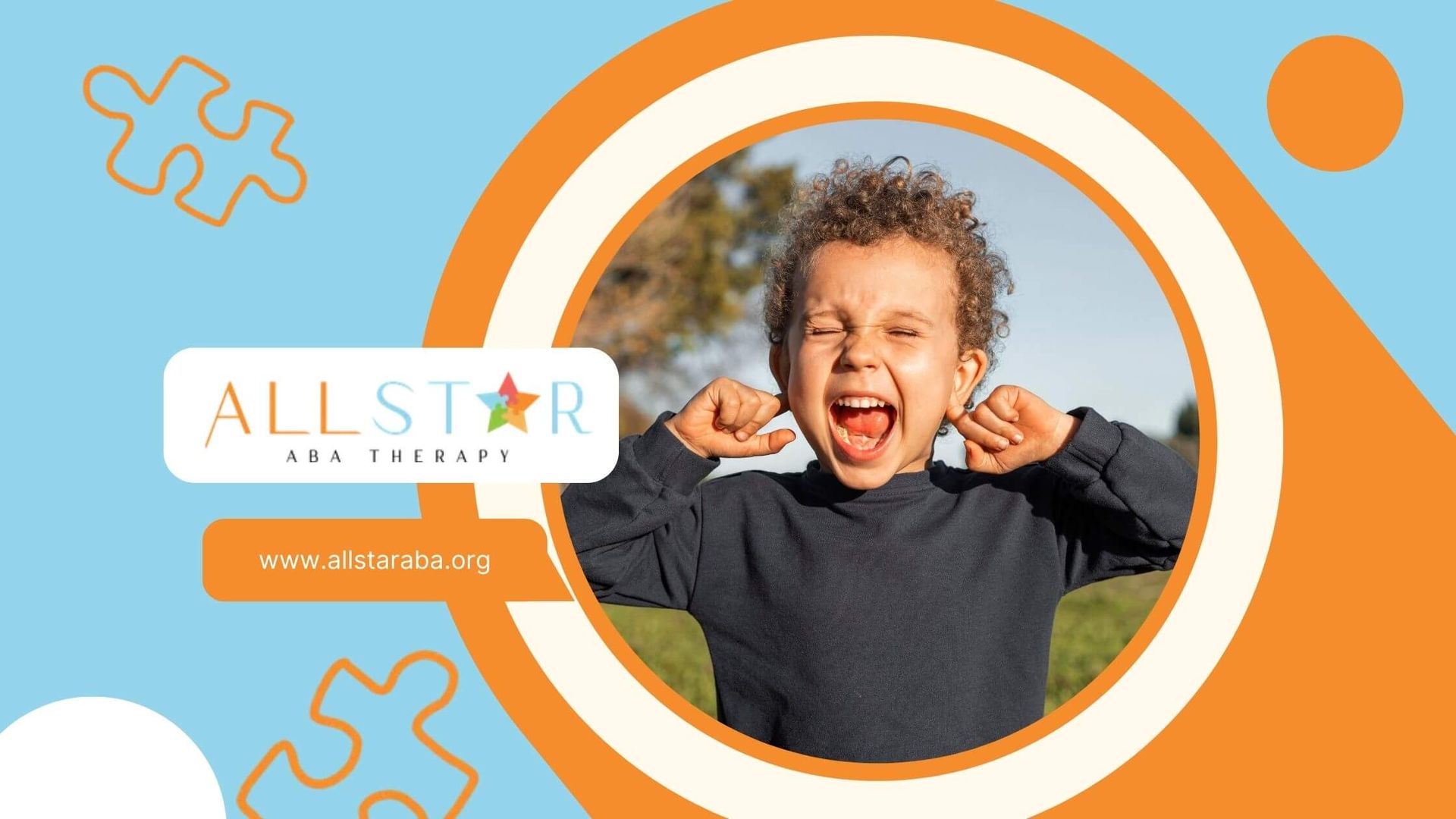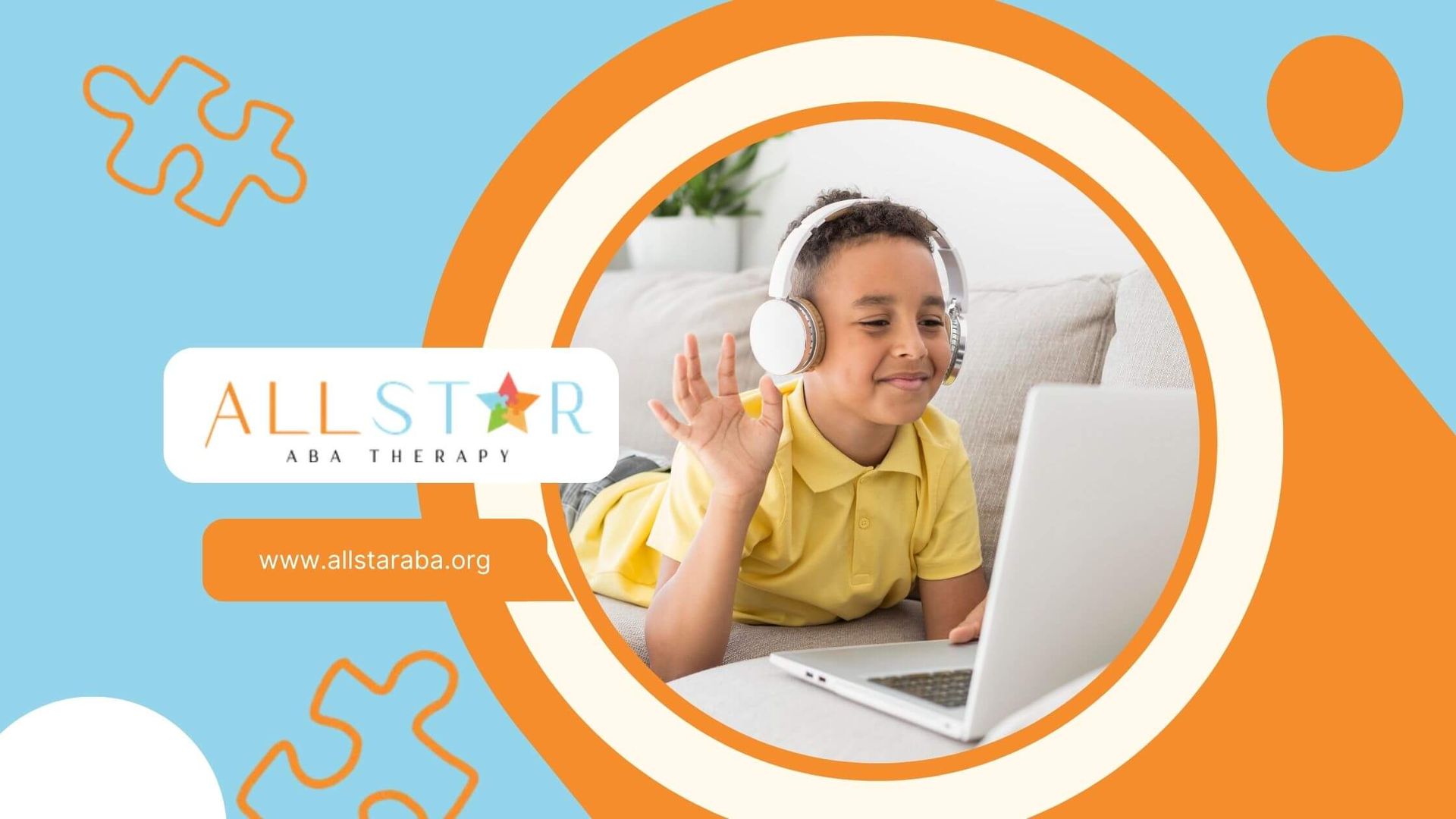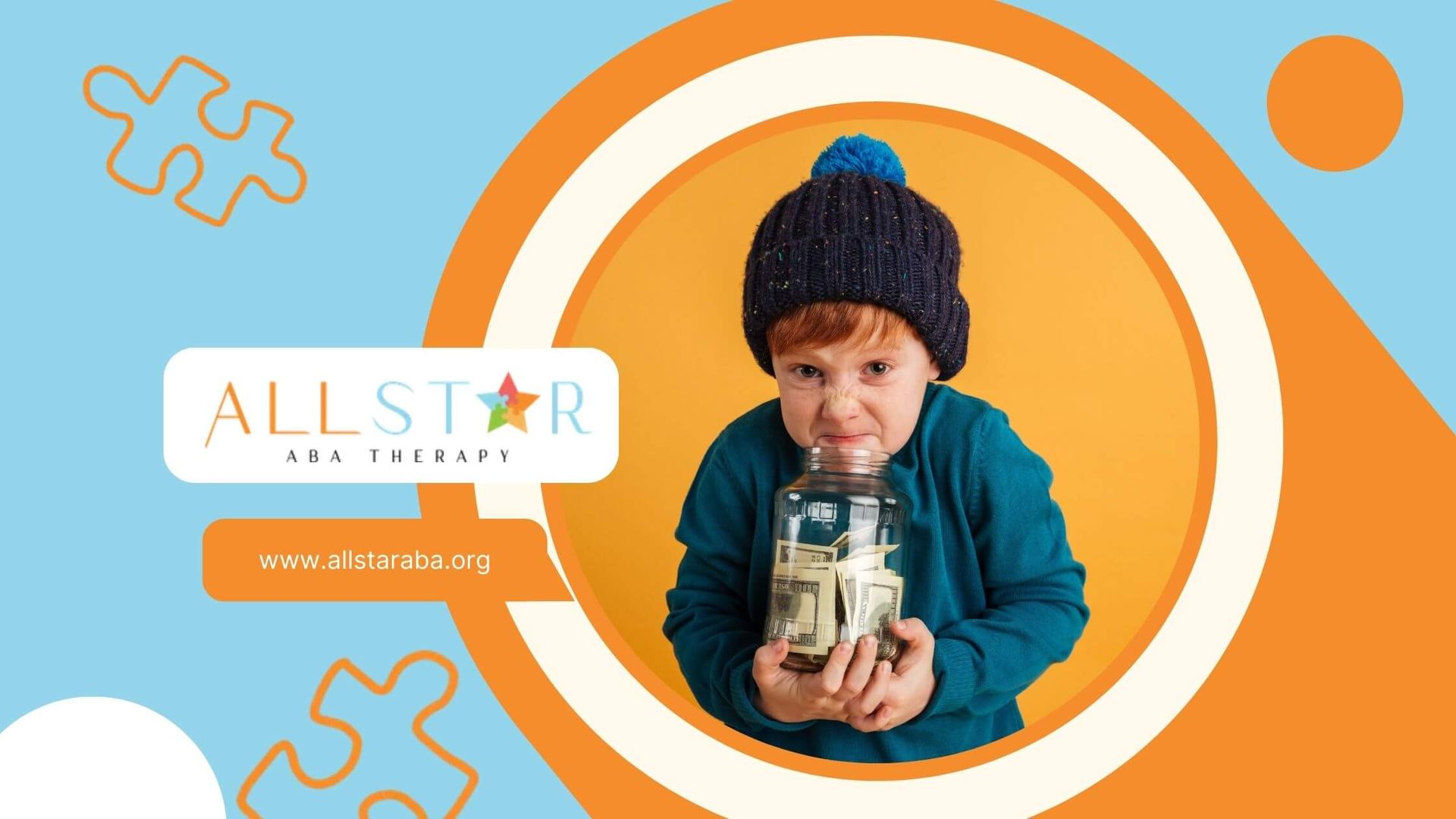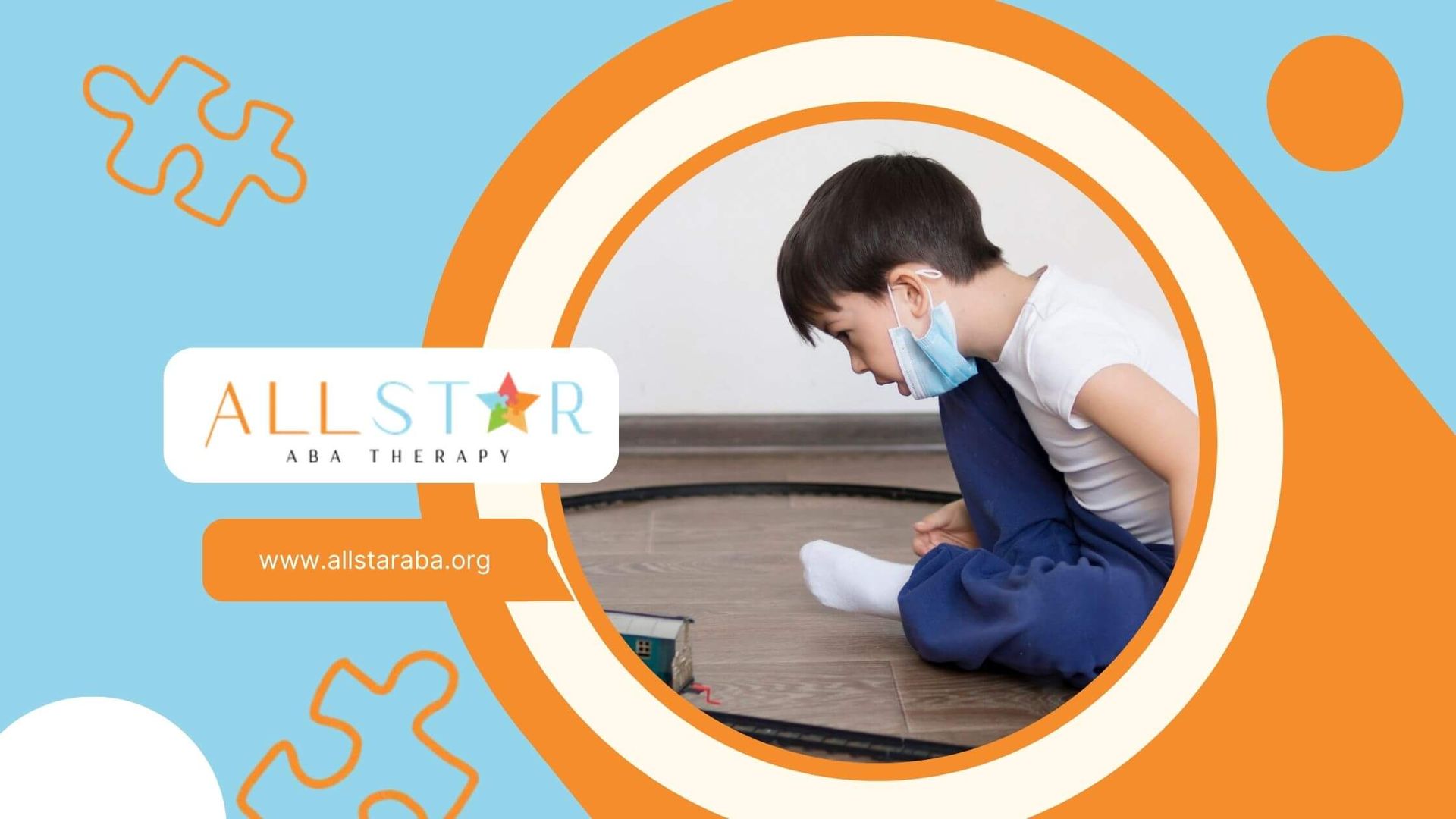New Paragraph
Understanding DRI vs DRO vs DRA in ABA Therapy
Applied Behavior Analysis (ABA) therapy uses the ideas of behavior analysis to help change behaviors in a good way. One important technique is called differential reinforcement. This method rewards good behaviors and helps lessen or get rid of bad ones. This blog will look at the different types of differential reinforcement. It will also discuss how they are used, their benefits, and the ethical questions related to ABA therapy.
The Basics of Differential Reinforcement in ABA Therapy
Differential reinforcement works on a clear idea: behaviors that get rewards are more likely to happen again. Behaviors that do not get rewards will slowly fade away. You are helping people tell the difference between good and bad behaviors by giving rewards only for the ones you want to grow.
This method is very useful for people with autism spectrum disorder and other developmental disabilities who may show hard behaviors. By knowing why a behavior happens, therapists can find better replacement behaviors. These new behaviors can meet the same needs but are better for social situations.
Defining DRI, DRO, and DRA
Differential reinforcement involves different ways to change behavior. Let's take a look at three main types: DRI, DRO, and DRA.
- Differential Reinforcement of Incompatible Behavior (DRI) rewards a behavior that cannot happen at the same time as the unwanted behavior. For example, if a child likes to walk around the classroom, you can reward them for staying in their seat.
- Differential Reinforcement of Other Behavior (DRO) gives rewards for any behavior as long as the unwanted behavior does not happen in a set time. If a child often throws fits for attention, you can praise them for anything else they do as long as they do not engage in that type of behavior during that time, making it a valuable tool in your ABA toolbox.
- Differential Reinforcement of Alternative Behavior (DRA) encourages a different behavior that meets the same needs as the unwanted behavior. If a child shouts to get their teacher's attention, you can teach them to raise their hand instead and reward that behavior.
Key Principles of Differential Reinforcement
Understanding the main ideas behind differential reinforcement is important for it to work well. First, you need to figure out the target behavior you want to increase and the undesirable behavior you want to decrease.
Next, pick a replacement behavior that does the same thing as the unwanted behavior but is better. For example, if a child throws tantrums for attention, teaching them to ask for attention with words would be a good choice.
Finally, it’s very important to be consistent with positive reinforcement. When the person shows the desired behavior, give praise, rewards, or privileges right away. This helps make that behavior stronger.
In-Depth Look at DRA: Differential Reinforcement of Alternative Behavior
DRA is one of the best ways to help change behavior in the long run. It is different from DRO. DRO only aims to lower unwanted behavior. DRA teaches and builds an alternative behavior.
This method is helpful. It cuts down the problem behavior and shows the person a better way to reach the desired outcome.
Understanding the Concept of DRA
The main point of Differential Reinforcement of Alternative Behavior (DRA) is to find and support an alternative behavior that works like the unwanted behavior. Let's look at an example to explain this better.
Think about a child who throws toys when they feel frustrated. Instead of just ignoring the toy-throwing (which doesn't fix the need for attention or escape), a DRA method would teach the child a better way to show their frustration.
This alternative behavior might include using words to say how they feel, taking deep breaths, or asking for a break from a hard task. By always encouraging this new behavior, the child will learn to meet their needs in a better way. This should help reduce the toy-throwing behavior.
Real-World Applications and Examples of DRA
The great thing about DRA is that it can work in many places. It is not just for doctors or therapists. Parents, teachers, and caregivers can use DRA methods in a person’s natural environment to help them change their behavior for the better.
Here are some real-life examples of DRA:
- A teacher sees that a student often yells out answers instead of raising their hand. To use DRA, the teacher can give praise each time the student raises their hand and only calls on them when they do this.
- A parent wants their child to ask for snacks nicely instead of whining or grabbing. With DRA, the parent would ignore the whining but would give the snack right away when the child asks nicely.
- A therapist is working with a person on skill acquisition, like learning to tie their shoes. Using DRA, the therapist would reward each small step toward learning this skill, slowly helping to change the behavior.
By regularly using DRA ideas, we can create real and lasting positive change in how people behave.
Exploring DRI: Differential Reinforcement of Incompatible Behavior
Moving to DRI, this method is a bit different from DRA. Instead of giving an alternative behavior, DRI looks for a physical behavior that cannot happen at the same time as the unwanted behavior. This means a person can't do both together.
This method works well for behaviors that get reinforced automatically. This means they get rewards on their own, without needing anything else. By rewarding the incompatible behavior, you help stop the person from doing the problem behavior. This can lead to a slow drop in the unwanted behavior.
The Theory Behind DRI in ABA Therapy
Differential Reinforcement of Incompatible Behavior (DRI) is all about replacing a problem behavior with a behavior that cannot happen at the same time. This does not mean replacing it with something completely different, but with an action that naturally prevents the problem behavior.
For example, if the problem behavior is a child getting up from their chair during study time, an incompatible behavior could be to have them sit with their hands clasped on the desk. Keeping their hands like this makes it impossible for them to get up.
By always rewarding the incompatible behavior—with praise or small rewards for keeping their hands clasped—the goal is reached. The child starts to think of the incompatible behavior as a good thing. As a result, they will do less of the unwanted action of getting up from their seat.
DRI in Practice: Case Studies and Success Stories
The DRI method can be used in different places and has helped many people with behavior challenges. Whether in schools or therapy rooms, the focus is on finding and encouraging good behaviors that cannot happen at the same time as bad ones.
Here are some examples showing its good use:
- A study in the Journal of Applied Behavior Analysis found that DRI helped children with autism stop hand-flapping. They reinforced hand-clapping, which is a behavior that cannot occur with flapping. The results showed a big drop in hand-flapping.
- In another case, a therapist used DRI to help a client who bit their nails. The therapist encouraged the client to use a stress ball to keep their hands busy. This led to a clear reduction in nail-biting.
These examples show that smartly using DRI can lead to good changes in behavior by encouraging actions that fight against unwanted behaviors.
Unraveling DRO: Differential Reinforcement of Other Behavior
Let's explore DRO. It is a special kind of differential reinforcement. Unlike other methods, it does not teach a specific replacement behavior. Instead, DRO rewards the absence of an unwanted behavior for a set time period.
In simple terms, you celebrate any other behavior as long as the target behavior does not happen during that time.
While DRO seems less direct than DRA or DRI, it can be very useful. It helps reduce the frequency of a behavior without needing a specific alternative to focus on.
How DRO Differs from DRI and DRA
While all three types of differential reinforcement try to cut down on undesired behavior, DRO goes about it differently. It focuses on rewarding any behavior that is not the target behavior within a set time interval. This means that if a person shows any behavior that isn't the undesired one, it will receive reinforcement, making it an effective approach for reducing inappropriate behavior.
In contrast, DRI rewards a specific behavior that does not allow the person to act out the target behavior at the same time. DRA, on the other hand, reinforces an alternative behavior that fulfills the same purpose as the undesired behavior. This type of differential reinforcement, known as DRA, involves reinforcing a specific alternative behavior that serves as a functional replacement for the unwanted behavior. Differential reinforcement procedures, including DRI, DRA, and DRO, each have their unique characteristics and applications in behavior change interventions. The choice of procedure depends on the behavior analysis of the target behavior and the specific goals of the intervention.
Overall, DRO does not care so much about what the person does instead of the undesired behavior, as long as they do not engage in it for the specified time. This makes DRO a flexible choice for behaviors that are not common or when a clear alternative behavior is hard to find.
Practical Implementation of DRO in Behavioral Interventions
The DRO procedure is a popular method used in ABA therapy to help with different behavior issues. It is effective because it is easy to use and doesn’t need a specific behavior to focus on as an alternative.
For example, if a child often makes loud noises during quiet reading time, you can use DRO. You might praise the child every five minutes they stay quiet and focused on their reading, no matter what else they do. This regular praise for being quiet can help lessen the loud noises over time.
Additionally, DRO works well with other methods, like functional communication training. By mixing DRO with ways to teach better communication skills, therapists can help people change unwanted behaviors into more acceptable ones.
Comparative Analysis of DRI, DRO, and DRA
Now that we have looked at each type closely, let’s compare DRI, DRO, and DRA. This will help us see their similarities and differences. All three are important types of differential reinforcement. Each one has its strengths and works well in different situations.
They each have a different method. DRI is about an incompatible behavior. DRO focuses on not having bad behavior. DRA looks for a specific alternative behavior. The strategy you choose will depend on a few things, which we will talk about next.
Similarities Across DRI, DRO, and DRA
All types of differential reinforcement have something in common. They use positive reinforcement to change behavior. They are based on the ideas from behavior analysis. This means it is important to understand why a behavior happens and to use reinforcement to encourage good behaviors.
Each method works by changing the results of actions. It rewards good behaviors while ignoring or not reinforcing undesirable ones. This steady use of reinforcement makes differential reinforcement a strong method for encouraging good behavior change.
Whether it is about reinforcing an incompatible behavior (DRI), rewarding the absence of the target behavior (DRO), or focusing on a specific alternative behavior (DRA), the aim is the same. It is to reduce or remove unwanted behaviors and to help build better behaviors.
Distinct Features and When to Use Each Method
While all differential reinforcement techniques aim to help change behavior for the better, their success depends on choosing the best method for the situation. Here’s a simple breakdown of when each technique works well:
- DRI works best when you can easily spot a specific behavior that is not compatible with the bad behavior. For example, if someone is flapping their hands, rewarding them for clapping their hands can be a clear and helpful way to encourage positive behavior.
- DRO is helpful when you want to lessen the overall number of times a behavior occurs, without needing to focus on a specific alternative. This approach works well for behaviors that happen less often or when appropriate alternatives haven’t been found yet.
- DRA is ideal when there is a clear behavior that serves the same purpose as the undesired behavior. This technique is great for teaching social skills, communication, and self-help skills. By giving a good way to meet the same needs, DRA helps make lasting behavior changes.
Making the Right Choice: DRI, DRO, or DRA?
Choosing the best differential reinforcement strategy requires thinking about the person's needs and the specific behavior you want to change. You should also consider the overall goals of the individual and the plan. It is important to work with a qualified Board Certified Behavior Analyst (BCBA). They can help you assess the behavior properly, find out why it is happening, and create a personalized treatment plan that aligns with the goals of the individual. This plan will use the right differential reinforcement strategy.
Factors to Consider in Selecting the Appropriate Strategy
When choosing between DRI, DRO, or DRA, you need to think about several things. There is no one right way to do this. It's important to focus on the person’s needs.
The type of challenging behaviors matters a lot. If the behavior can be easily changed and there is another better action available, DRI could work best. However, if the behavior is more complex and related to communication needs, DRA may be a better fit for addressing behavior problems. For example, in the treatment of autism spectrum disorder, you must understand what causes the behavior.
Additionally, the person's age, how they think, and their past learning experiences are very important. Working closely with a trained expert will help make sure the method chosen matches the person’s needs and helps them grow and develop well.
Tailoring Approaches to Individual Needs
Implementing differential reinforcement strategies means we need to tailor our approach to each person. What helps one individual might not help another, even if they show similar behaviors. It's important to remember that behaviors communicate something, so we need to address the real needs behind those actions.
For example, when we focus on the skill acquisition of children with autism, we can make big tasks smaller and easier to handle. Using Differential Reinforcement of Alternative Behaviors (DRA) to encourage each small step can work well.
This method not only teaches new skills but also reinforces appropriate behavior, such as raising their hand or politely asking for attention, instead of disruptive behavior. This can raise their self-esteem and motivation and tailor the approach to their individual needs through Differential Reinforcement of Higher Rates of Behavior (DRH). The main aim of using differential reinforcement techniques is to enhance the quality of life for the individual. We want to reduce challenging behaviors and encourage positive ones. We can reach this goal through careful watching, understanding each person’s needs, and working together with therapists, caregivers, and the individual.
Strategies for Successful Implementation of Differential Reinforcement
For differential reinforcement to work well, it must be done consistently and correctly. This means you need careful planning, clear communication, and regular checks on progress.
It's also important to educate and involve parents, caregivers, and other key people in the individual’s life. When they understand and consistently use these techniques in various settings, it helps achieve lasting behavior changes.
Best Practices for ABA Practitioners
For those doing ABA therapy, it is important to follow best practices when using differential reinforcement. This begins with a detailed evaluation by a qualified behavior analyst. They will find out why the behavior happens and locate suitable replacement behaviors.
Data collection is very important during the whole process. By carefully noting how often, how strong, and how long the target behavior occurs, practitioners can keep track of progress. This helps them make smart choices about changes to the intervention and makes sure it works well.
Lastly, ongoing communication with the family, caregivers, and other professionals involved in care is vital. Sharing knowledge, offering support, and working together as a team are key to making the most out of differential reinforcement.
Overcoming Common Challenges in ABA Interventions
Implementing ABA methods, like differential reinforcement, can be tough. One big challenge is dealing with maladaptive behavior that might pop up during the process. Practitioners need to expect possible issues and create plans to handle them ahead of time.
It is very important to follow the intervention plan closely. Being consistent with rewards and making sure everyone involved knows and follows the plan is key to success. Additionally, incorporating techniques such as differential reinforcement of incompatible behavior (DRI), differential reinforcement of other behavior (DRO), and differential reinforcement of alternative behavior (DRA) can be effective in fostering positive behavioral changes. However, it's important to note that behavior reduction processes may take time to show results. Patience, persistence, and ongoing updates to the plan are often needed.
Lastly, practitioners must keep ethical considerations in focus. Interventions must respect the person's rights and well-being. Keeping open communication with caregivers and guardians is also vital throughout the entire process.
Ethical Considerations in Using Differential Reinforcement
Differential reinforcement is a strong tool for changing behavior. However, it is very important to use it ethically. The well-being and rights of the person must always come first.
Those who use reinforcement should choose it over punishment. They need to pick interventions that are the least limiting and most helpful. It is essential to keep checking how the intervention is working. It should be adjusted based on what the person needs and how they are doing. This ensures that practices remain ethical.
Ensuring Ethical Practice in ABA Therapy
Ethical practice in ABA therapy is very important, especially when using differential reinforcement. A board-certified behavior analyst (BCBA) is responsible for creating and managing all interventions. They make sure these plans follow ethical rules and focus on the well-being of the individual.
Before starting any treatment, it is necessary to get informed consent from the individual or their guardian. This means explaining the procedure, the possible benefits, and any risks. The person needs to fully understand everything before agreeing to go ahead.
Keeping open communication with everyone involved is very important during this process. This includes addressing any concerns, giving progress updates, and creating a team atmosphere. This helps to avoid misunderstandings and makes sure everyone is aiming for positive behavior change. If there are any ethical dilemmas, it is a good idea to seek help from supervisors, ethics boards, and professional groups. This can help manage these tough situations responsibly.
Addressing Potential Ethical Dilemmas
The use of differential reinforcement can bring up ethical questions, especially when helping people with developmental disabilities. One main worry is that you might accidentally encourage unwanted behaviors while trying to reduce others.
Additionally, it's important to think about whether it's right to use certain consequences as rewards. The rewards you choose should be ethical, sensitive to different cultures, and match what the person likes and values. Using punishment procedures is usually not accepted in ABA therapy. Instead, the focus should be on positive reinforcement and on teaching better behaviors.
By tackling ethical issues upfront, being clear about what they do, and thinking about ethics regularly, ABA workers can make sure their methods are effective and good for everyone.
Conclusion
In summary, it is important to understand DRI, DRO, and DRA in ABA therapy. Each method helps to encourage good behaviors in different ways and leads to better results for people. By looking at individual needs, ethical matters, and best practices, ABA workers can choose the best method for their clients. Using these differential reinforcement techniques carefully can lead to better outcomes in therapy. It also helps to create a good environment for growth and learning. Keep up with the latest findings and progress in this area to improve your work and communication with clients and caregivers.
All Star ABA is your premier choice for exceptional ABA therapy in Maryland. With a team of highly skilled and compassionate professionals, we're dedicated to providing personalized care and effective behavioral interventions. Our evidence-based approaches, including DRI, DRO, and DRA, help individuals with autism spectrum disorders achieve their full potential. Trust All Star ABA to deliver the highest quality care and support for your family.
Frequently Asked Questions
How do I choose between DRI, DRO, and DRA for my client?
The choice you make will depend on your client's specific needs. You should also consider the target behavior and the desired outcome. It’s a good idea to consult with a qualified behavior analyst. They can help you create a custom ABA therapy plan using the best differential reinforcement strategy.
Can DRI, DRO, and DRA be used together in a treatment plan?
Yes, using a mix of different reinforcement methods can be included in an ABA therapy treatment plan. This helps to address different parts of a target behavior effectively.
What are some common challenges in implementing DRA strategies?
A common challenge in the DRA procedure is finding the right alternative behavior. It's also important to provide consistent reinforcement. Another challenge is helping people use the new behavior outside of the ABA therapy setting.
Need Support?
We're Here to Help!
Our experienced team is ready to assist you. Reach out today to discuss how we can support your child's development and well-being.
Get started with expert ABA therapy today.








